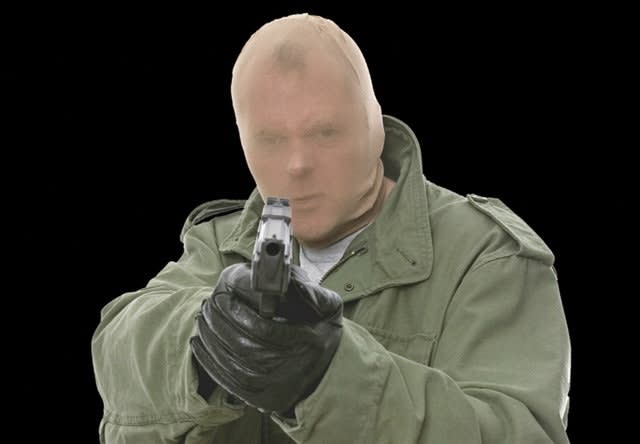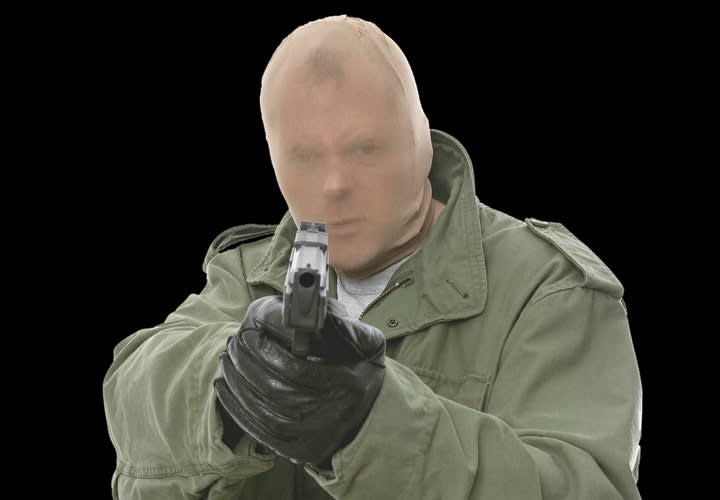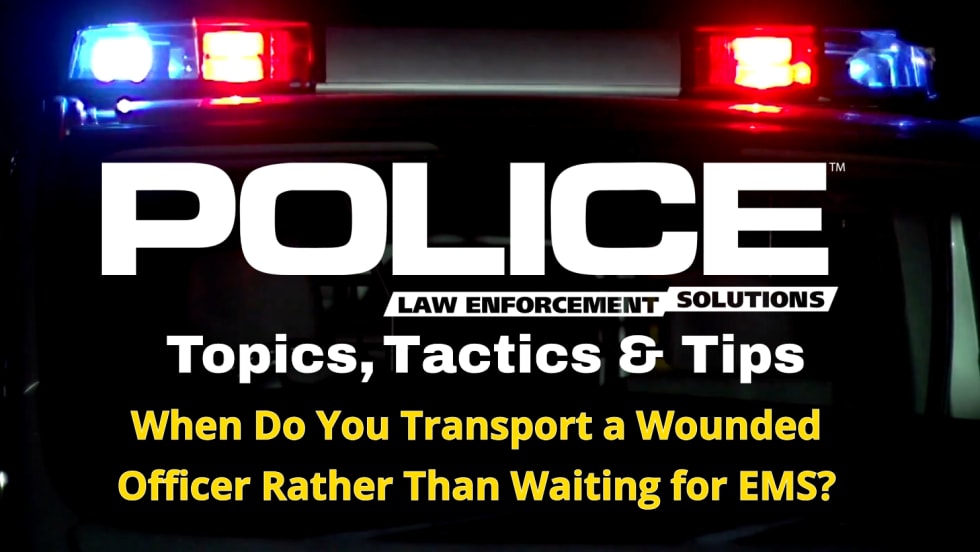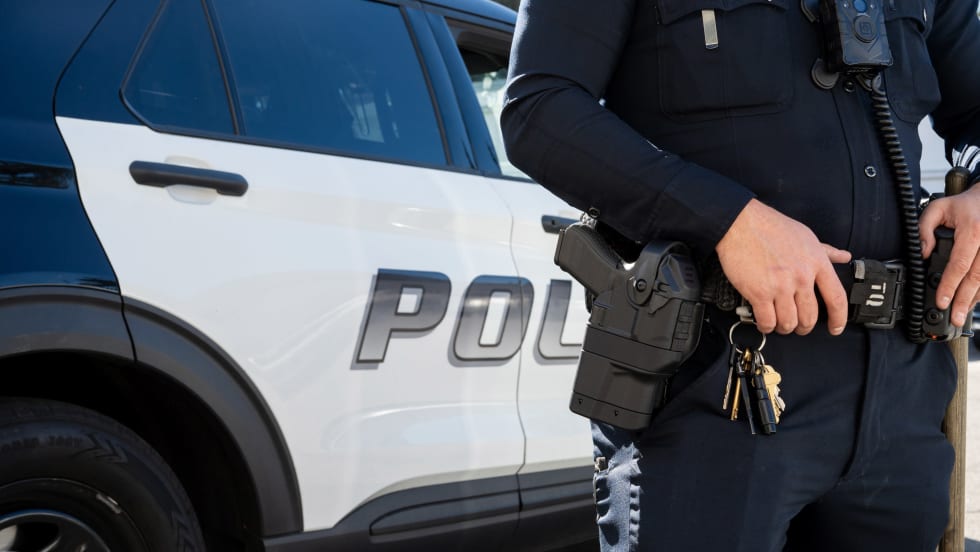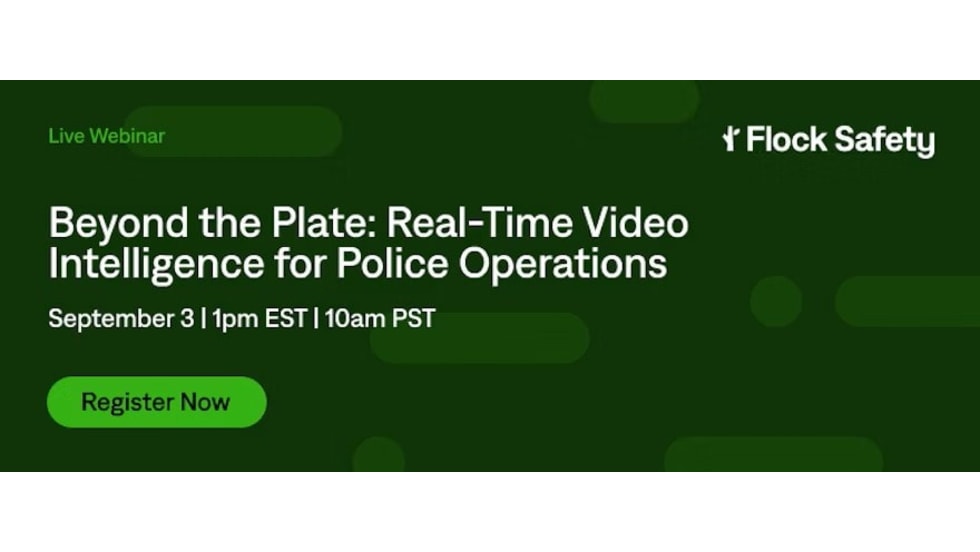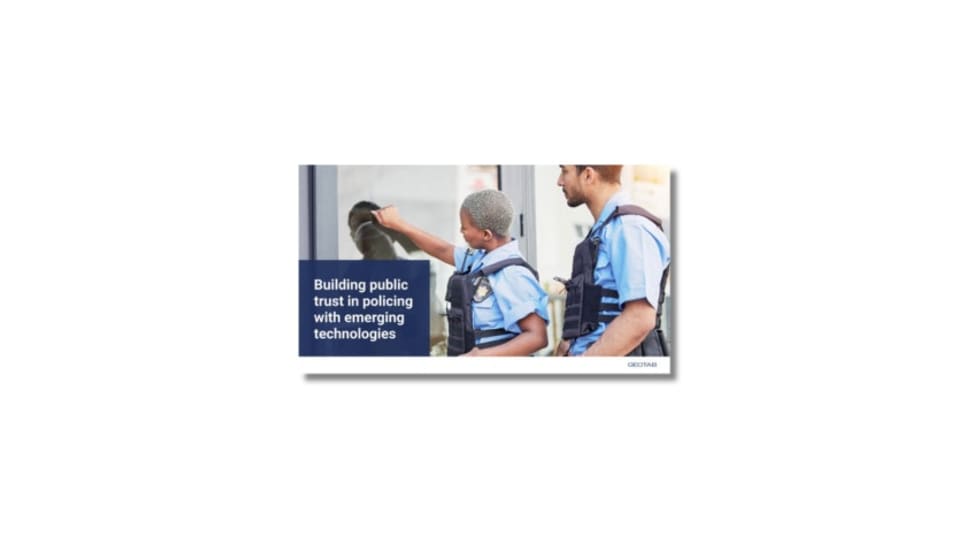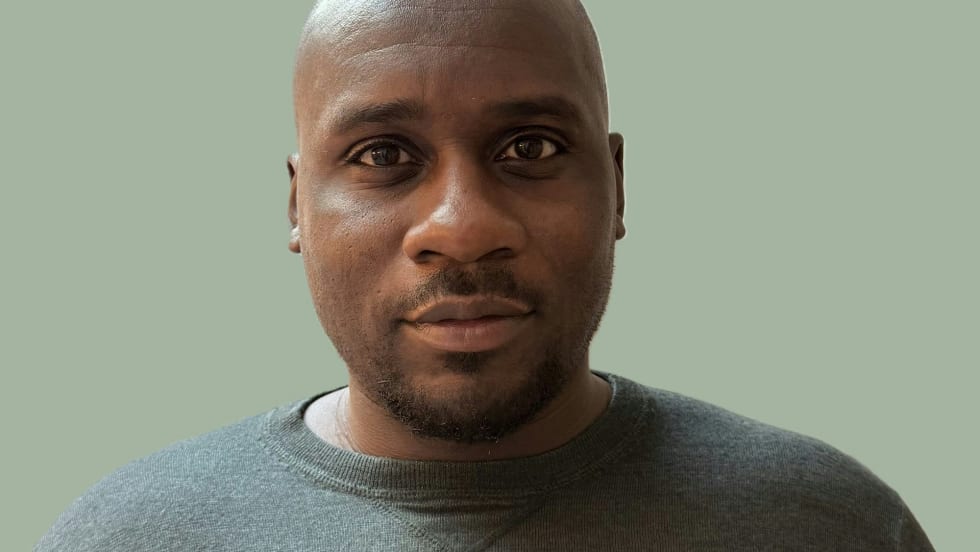Even though you try to follow WIN (what's important now), you have no choice but to handle several priorities at once. You need to do two things immediately: get to any victims and secure the inner perimeter. That's going to mean locking down a close perimeter on the building while at the same time clearing the crowds out of the way.
You get lucky because it's detail night and two off-duty officers working security at the complex respond. There are also more off-duty officers working details in the immediate area who can help you as well. You have dispatch try calling the business again as you arrive and get eyes on the scene. Still no response.
As you start controlling traffic on the main drag, and are thinking about how you will clear the building, a man wearing a restaurant uniform runs out the back of the business and heads toward one of the off-duty detail officers. He tells him the employees have been robbed at gunpoint, forced into the freezer, and the rest of the employees are OK. The employees are staying inside per their corporate policy until contact has been made with the police.
You grab the few officers not controlling traffic, call for everyone inside the building to come outside, and then search the building. At the sound of the all clear, you open up traffic on the main drag but keep your inner perimeter for the moment. Upon interview of the victims, you find out it's a typical story of an employee taking the trash out and being followed back inside.
At this point you learn that the suspect was armed with a handgun. The restaurant was robbed of all available cash, and the employees were placed in the freezer and told to wait to hit the alarm for at least 15 minutes or they would be killed later on. Being placed in a state of fear, they complied. By the time your first off-duty unit got there, the suspect had been gone for at least 20 minutes (the employees gave it an extra five minutes just to be safe).
